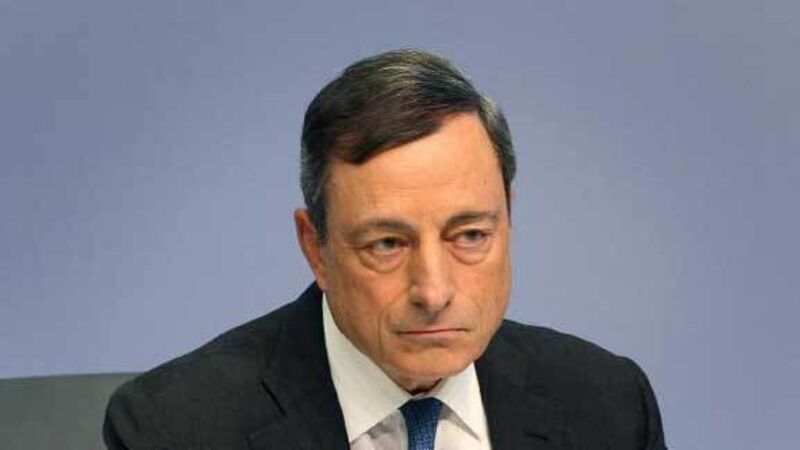Brexit risks increase in Irish funding costs

Support from the European Central Bank bond purchasing programme will help mitigate the short-term risks as will the strong Irish macro-economic backdrop and positive funding outlook.
The longer it takes to form a stable government, the more risks increase and the dual headwinds of protracted domestic political risk coupled with the upcoming Brexit risks will increase volatility surrounding Irish government bonds creating a challenging environment for investors.
The National Treasury Management Agency (NTMA) issues a funding statement to the market at the start of every quarter outlining the funding strategy for the following three months.
So far in 2016, the NTMA have raised €4bn out of a stated full year funding target range of €6bn to €10bn. Despite the on-going political uncertainty, expect the NTMA to reach the lower end of the 2016 funding target prior to the June 23 Brexit referendum date, giving the agency increased flexibility regarding the need for issuance later in the year.
Ireland has been Europe’s fastest growing economy for the last two years, recording annual growth in 2015 of 7.8%.
Irish bond yields have remained largely unaffected by the indecisive general election result. On February 26, the cost of borrowing for Irish 10-year money was 0.91% and almost four weeks later the rate in the Irish 10-year is marginally lower at 0.85%.
Investors have so far made the distinction between the current domestic political risks and those faced by both Portugal and Spain. The two largest domestic parties, Fine Gael and Fianna Fáil are both be viewed as market friendly and the risk of a hard left leaning government are minimal, even in the event of a second general election.
The dominant theme in markets remains Central Bank monetary policy easing. Earlier this month, Mario Draghi further increased the amount of stimulus that the ECB is pumping into the European financial sector. The US Federal Reserve, who had guided that they could raise interest rates in the US as many as four times in 2016, revised guidance lower with two rate hikes in the US now more likely.
Irish bonds have consistently outperformed both German and French government bonds since the election.
However, investor tolerance to the current political vacuum will not be exhaustive. The earliest possible date for the next Irish government bond auction is Thursday April 14.
The Dáil does not meet again until April 6 when the next attempt to elect a Taoiseach is scheduled to take place. It remains unclear as to whether Ireland will have a government in place to by the time of the next auction. Despite the uncertain political backdrop, the government should access markets at the earliest opportunities given the looming UK referendum.
Despite the thoughts of many commentators, Brexit has not yet been fully discounted by the market. The currency markets offer the most transparency as to whether a Brexit has been priced in. The EURGBP has moved from €0.73 to almost €0.80 since the start of the year.
While Brexit has been the consensus reason to explain the weakness in sterling, the slide in the pound is due to a number of factors, the Bank of England revising lower interest rate hike expectations for 2016 given the softening of the UK economy, sentiment towards the UK has turned more negative.
In a Brexit scenario, the EURGBP should trade at least back towards the highs of 2012 at €0.90.
If Brexit is not discounted in the currency markets, it’s not discounted in the Irish government bond market.
Given the importance of the trading relationship between Ireland and the UK, Ireland is deemed to be one of the country’s most at risk from the UK leaving the European Union. Adverse currency movements will affect the competitiveness of Irish exports.
In 2015, the UK was the second largest destination for Irish goods exports accounting for 15.5% and 17.9% of goods imports.
The implication of the concentrated nature of Irish exports to the UK is that narrowly applied trade barriers on the products/sectors could have very significant effects.
As we draw closer to the June 23rd referendum date expect the pressure to increase on the Irish government bond market.
Attempting to quantify the short-term costs from the uncertainty arising from a possible ‘leave’ vote in the absence of historical reference points or future visibility enters into the realms of guesswork.
However, investors hate uncertainty and the volatility surrounding Irish bonds is set to increase aggressively.
‘Happy’ long-term holders of Irish government bonds will be tempted to take profits and to reinvest in countries less at risk, driving the cost of funding for the Irish government higher.
Taking all the factors into account the government will seek to complete the majority of its 2016 funding programme sooner rather than later.
















